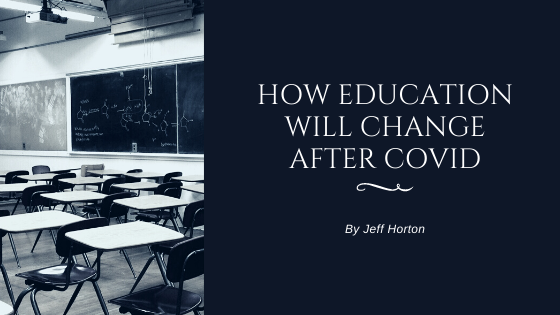There is no doubt that COVID-19 has created the need for a drastic shift in the current education system. In an extremely short amount of time, schools all over the country were faced with the task of switching to virtual learning. As a result of this switch, a few trends emerged that will likely shape the future of education.
Technology
Teachers and students alike relied on technology a lot this past school year. This is something that will not be going away for future generations of students. In fact, it is almost guaranteed that students will continue to become more tech-savvy as the years go by. With this access to technology comes a new way to tackle complex problems. For this reason, many in the education world are adding an additional “R” to the three existing “R’s” which are reading, writing, and arithmetic. The new “R” stands for “rethink.”
Students and teachers alike are rethinking the way that education takes place every day in America. With this new mindset, America is making the switch from a system that is focused on teaching to a system that is focused on learning.
A Learning Culture
For students, this means an emphasis on independent thinking and self-paced learning. Students will be encouraged to explore topics that are important and interesting to them, even if that is different from their friends and peers. For teachers, this means increased access to real-time data to check on their students academically and emotionally. This will lead to a more individualized experience for each student in the classroom. For parents, a learning culture means that they will have more opportunities to be connected to their child’s education.
Flexible Spaces
While brick and mortar schools are not going anywhere in the near future, the traditional design of classrooms may be a thing of the past. With more technology being introduced into the education system, it creates the opportunity for more flexible learning in terms of the physical space.
More Check-Ins
The increased access to technology will help teachers feel connected to their students in ways that were not achievable in the past. For example, in a class of thirty students, the teacher will have access to real-time data and be able to provide individualized instruction as problems arise. The role of the teacher may become more complex and more rewarding as a result.
